I have bpmn2 file in which I use as a process data POJO application.
To learn how to work with DMN I wanted to change 1 POJO property depending on smth inside the DMN. I manged to make DMN working when on the input I had application and on the output I had a string value. Now I want to hade in the input application on the input and modified application on the output:

Inside DMN I have the following structure:
I have created data type tApplication with string algId field:

So the aplication inside DMN is a tApplication data type, for decision I tried to use the decision table:
My idea was- when application.algId == "101" change that value to "115", but for the input
{
"application": {
"algId":"101",
...
}
}
I get following results:
{
"id": "98b8a9ad-1c1d-4c4f-8525-6e5fe9a528c9",
"application": {
"algId":"101",
...
}
}
What am I doing wrong? What is the best practice to change the POJO object inside the DMN?

